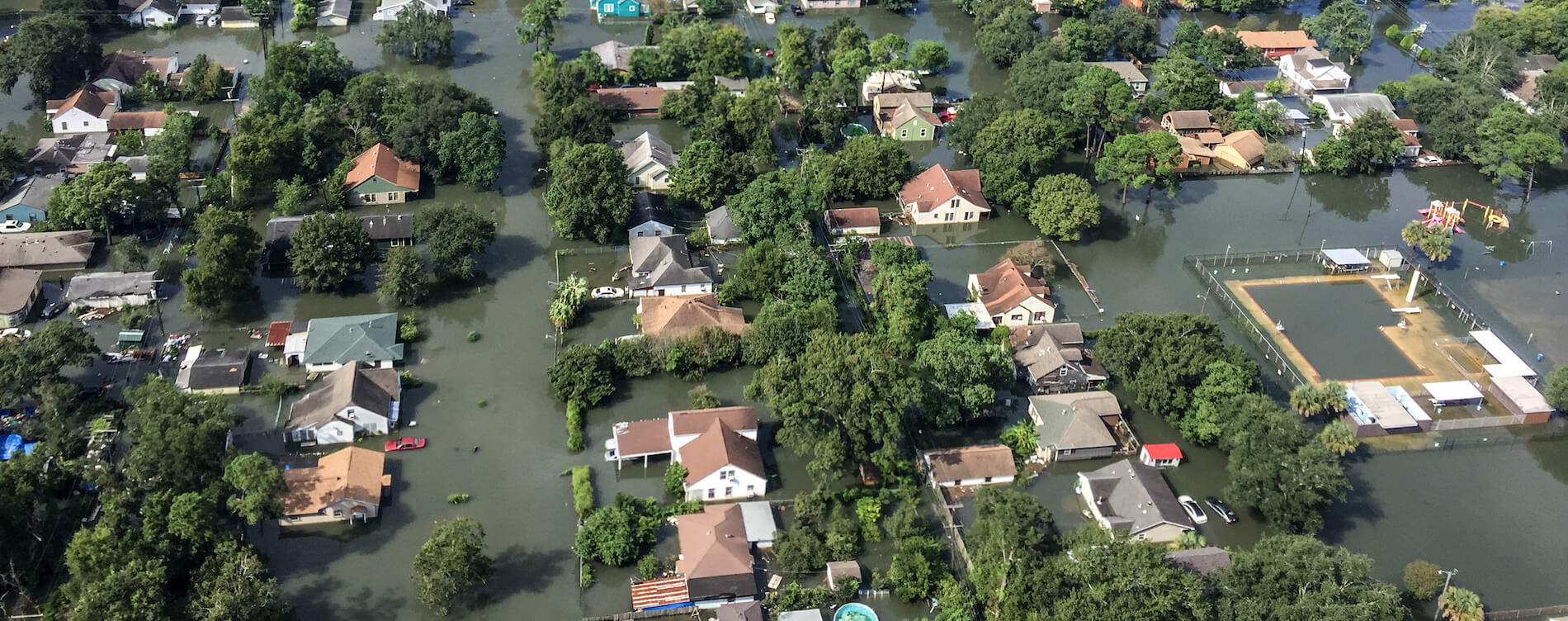This is a supplement to Ready for the Storm, our recent post about how to get started as a claims adjuster.
Since Harvey made landfall in late August our phones have not stopped ringing.
We’ve tripled our sales staff and doubled our customer-service coverage, and our Inboxes are still overflowing. Here are the questions we get most often from the many folks who are interested in working Harvey and Irma claims.
Is it too late to find adjusting work for Harvey and Irma?
Absolutely not. Independent Adjusting firms are scrambling trying to find qualified adjusters to handle the overwhelming number of claims in Texas, Louisiana and Florida, and the season is not even over. Adjusters will be adjusting claims for these two storms alone for years to come, and there is still ample time to get prepared and deploy successfully.
What are the qualifications to do hurricane claims? Don’t I have to have experience?
While it is true that employers prefer experienced adjusters (there’s a lot of liability for the insurance company if a claim is handled unprofessionally), the simple fact is that all experienced adjusters are deployed, and there’s still a massive shortage. How the industry handles this is to look for licensed, professional candidates that they can train and groom to handle claims for them. The employers know that they have to invest in new folks, and in Harvey and Irma they are working double-time training up new folks. So, basically, you need your home state’s license, training in Xactimate, have an ability to speak intelligently to people, and a willingness to work hard!
How much can I make doing these “catastrophe” claims?
While every company has a different arrangement, the bottom line is that the pay is surprisingly high. Not only are the compensation arrangements for catastrophe adjusting high in general, but the demand for qualified adjusters in ’17 has increased what the companies are offering to entice folks to handle claims. Arrangements range from “daily” rates of $500-1,000/day during training (e.g. the first 10 claims), all the way to upwards of $1,000 per-claim average. As you gain experience, you will be able to handle multiple claims per day, and the resulting reward can be life-changing. This is not an exaggeration.
How long will it take to get started?
The Independent Adjusting firms will be looking for you to have your home state license and have some training in Xactimate. With your home state license in your pocket, you can get the ball rolling on other states’ licenses, like TX and FL. The course to get you licensed is 40-hours, and you can work on Xactmate simultaneously. Our advice is to get the license going and then begin to communicate with employers. An aggressive, accelerated approach to this can get you through the course and your license application pending in a little over a week. Depending on the state and it’s back-log, you could have your license as early as a week later. All said, you can expect to deploy within a month’s time if you’re serious about preparation, sometimes even sooner.
Can I visit home? I have kids’ softball games in a month.
Adjusting is great money, but not easy money. It comes at a price, and it’s called “being deployed” for a reason–short period of time (3 to 6 mos.), long hours, 7 days a week. If you intend to succeed at this career long-term, expect to be away from home for months, without a known end-date. Perhaps once you’ve transitioned to “day rate” and if it is pre-arranged with your manager, home visits can be possible (note — it doesn’t mean your family can’t visit you!).
Can I do this part time? I have a job I like.
Short answer; no. Long answer; once you’re well established in the industry, more opportunities open up, but in the beginning, you’re there to make hay while the sun is shining, and it is just not possible to do part time.
What will it cost me to prepare?
Getting licensed and Xactimate trained will run you between $456 and $636, depending on the state you live in. Additionally, expect to have to purchase some equipment, but don’t go hog wild; some companies supply a large part of this. In general you’ll need reliable transportation (or the ability to rent or borrow it), a folding ladder, tape measures (35′ and 100′), a digital camera, a laptop and some kakis. You can get fancier stuff (like a laser tape and such) down the road. Expect to drop from $500-$1,000 for equipment if you’re starting from scratch.
Does my employer pay for my lodging and gas, etc.?
In general, no. Although it may be all a tax write off, there is an upfront cost to this career. Many of the employers work hard to give advances or signing bonuses to help new adjusters, but if you’re dead broke (or afraid to wrack up a bit of credit card debt), this may not be for you.
Will I be 1099 or W-2?
This depends on the company you’ll be going with, but in general the trend nowadays is to W-2 most independent adjusters. In this context “independent” just means that technically you are available to work claims for any company (although in a catastrophe situation you’ll get more than enough work from a single company).



